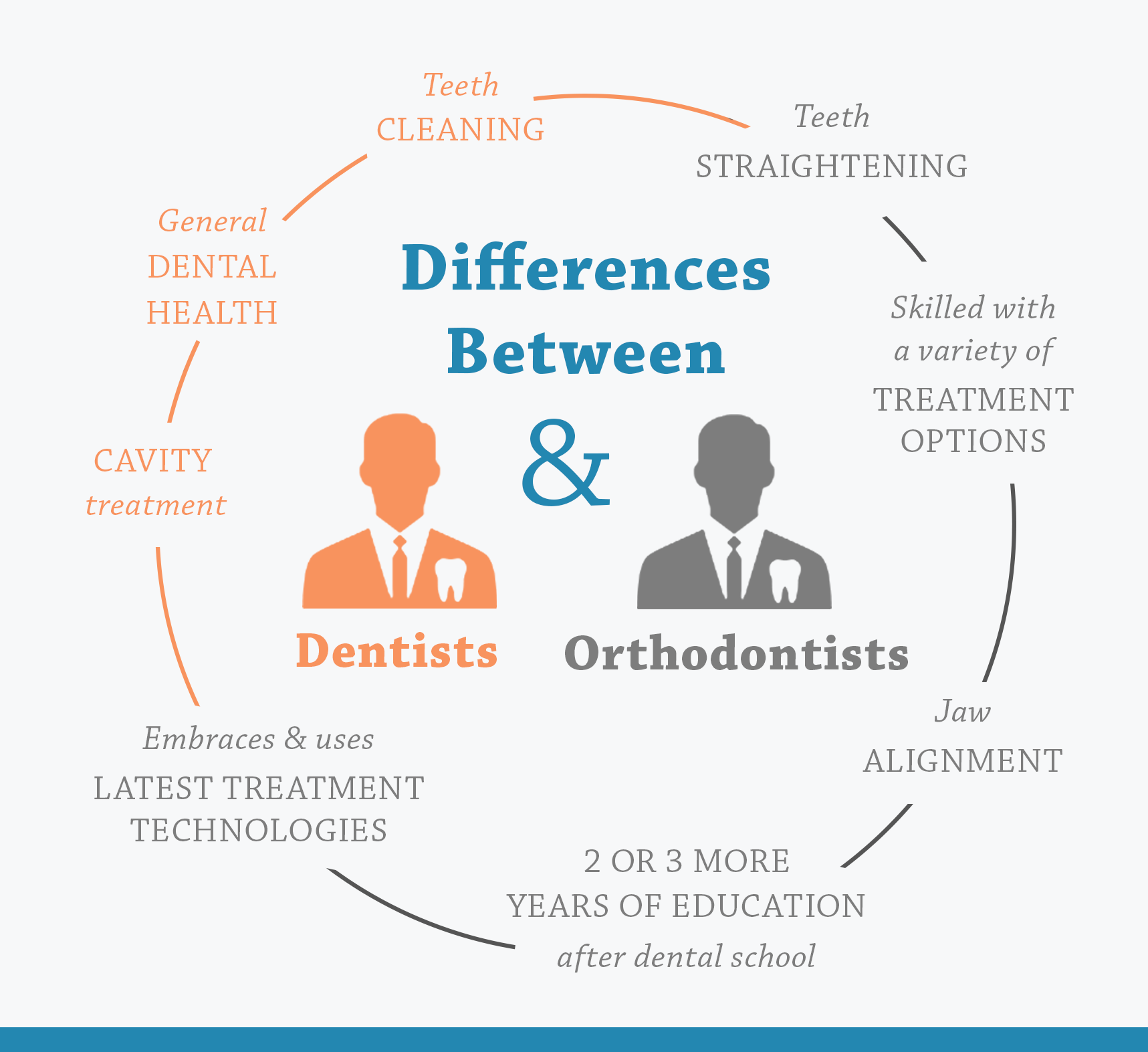Finding a qualified orthodontist used to be relatively straightforward: your general dentist, probably the one who recommended realignment in the first place, simply gave you a referral. But today, with an increasing variety of straightening procedures available, and with more and more non-specialists offering orthodontic treatments, the choices can be bewildering.
Here are 10 guidelines to keep in mind when selecting an orthodontist:
Pre-Consultation Considerations
Your general dentist’s recommendation remains a valuable one. General dentists not only work with orthodontists in coordinating patient care, but also regularly view the results of alignment procedures and can pass their evaluations on to you. If your dentist’s children have or had dental braces, ask which orthodontist they used.
Ask your friends, neighbors and business colleagues whom they recommend. If the treatment is for your child, check with the teachers’ and parents’ associations at your child’s school.
Contact a local dental school and ask its orthodontics department which local practitioners they recommend.
Before you set up a consultation with an orthodontist, make sure he or she is a licensed member of the Indian Orthodontic Society, an organization requiring adherence to rigorous training and ethical standards. Members of this organization have completed three years of full-time postgraduate training. Once members have their own practice, they must remain up-to-date on research and technological advances, through various courses.
Your Orthodontic Consultation
When you meet an orthodontist for a consultation, we strongly recommend consider the following checklist:
1. What is the orthodontist’s level of experience and how long has he/she been practicing?
2. How extensive is the orthodontist’s practice?
3. Ask to see before-and-after photos of previous patients. Are the results to your liking?
4. How varied and advanced are the treatments offered? Revolutionary new technologies such as removable translucent aligners (such as Invisalign) , short term orthodontic treatments (like Inman Aligners) and Self-ligating braces allow for less conspicuous appliances that may save on treatment time and reduce discomfort, as well.
5. Check to see if the orthodontist uses high quality materials like brackets and wires which are of international standards, as the outcome of the treatment depends on this.
6. What is the orthodontist’s diagnosis and plan of action for your teeth and how clearly has it been explained to you? Did the orthodontist provide information about alternatives? How practical is the treatment plan in light of your personal, business and social needs?
7. What is the office ambiance like? Specifically, are you (or your child) comfortable with the orthodontist’s chair-side manner? Is the staff friendly, welcoming and quick to address your concerns? Since orthodontic treatment takes an average of two years, with appointments typically every four to eight weeks, it is important to establish a rapport with all of those who will be providing services. This is particularly important with teens and pre-teens who may feel resentful about having to wear braces in the first place. An orthodontist and staff who establish good rapport are better able to encourage and motivate such clients to stick to a home regimen of scrupulous brushing and flossing, headband- and retainer-wearing, etc.
8. Is the orthodontic practice conveniently located close to your home, office or child’s school?
9. Is the orthodontist available at flexible timings on all days? Check on this too. Emergencies like breakage of braces are possible, so check on the availability of the Orthodontist. Certain clinics have an orthodontist visiting once or twice a month only,so missed appointments can unduly delay your treatment.
10. What are the payment options? If your child requires orthodontics and you are facing financial hardship, ask about the possibility of EMIs, which some orthodontists offer.
Would you like to Know more about us?

